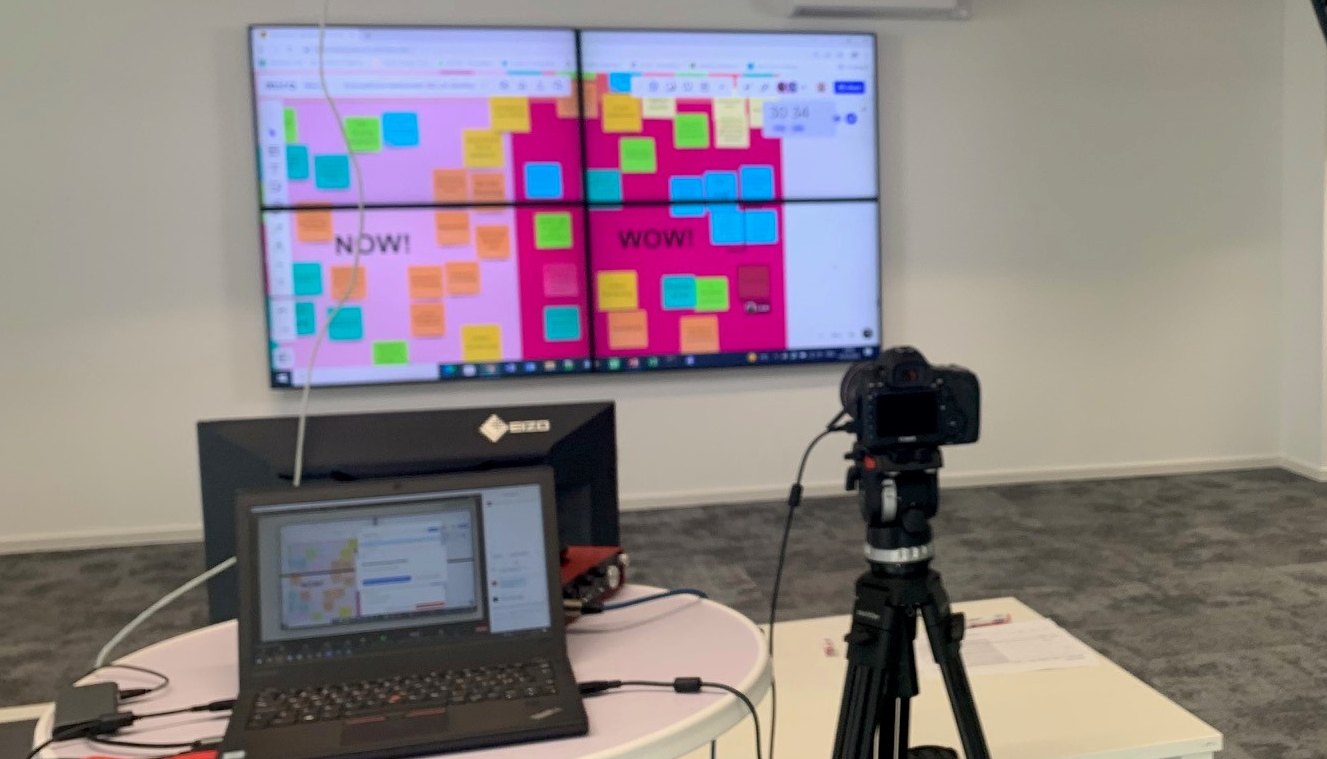structural development
Citizen Participation 2.0 - what happens at a (digital) innovation workshop?
- structural development
- Hits: 1946

Hello!
ENO & Grantiro have just held an innovation workshop with ten very committed participants, which we definitely want to report on at this point. Participant Tina talks about two "very intensive" days in which everyone's creativity was stimulated with great, modern techniques.
The aim of the workshop was to collect good ideas - to strengthen the economic power in the district of Görlitz, of course with regard to structural development for the time after the coal phase-out. The group of participants was mixed. From young employees to pensioners who are young at heart - with one common goal: to want to make a difference in the Görlitz district for love of their homeland. Also active beyond the time of the workshop. Since the workshop took place digitally, even a native of Görlitz, who now lives in Berlin but whose heart still beats for the region, was able to join in.
The two workshop days were based on a creativity method called the "Walt Disney Method". Creativity expert Saskia Brosius explains: "This method is about putting yourself in different roles and adapting your thought patterns to these roles. The roles are 'dreamer', 'critic' and 'pragmatist'."
After a round of introductions, moderator and innovation manager Christoph Scholze and our ENO innovation and creativity experts Saskia Brosius, Clara Hartung and Wilhelmine Buscha gave various impulses. The impulses were first discussed in different groups and served as a basis for the development of new ideas. Everyone was allowed to make suggestions - "the crazier, the better, every idea is welcome" was the motto. The groups were later reassembled to evaluate all ideas - and either develop them further or discard them.
On day 1 the "dreamer" was desired. The moderator and experts supported the participants in initially developing a large number of ideas using various creativity techniques. Many had thought about what could be improved in everyday life. The desire for a better connection to Dresden and Berlin was an important issue - as was mobility for everyday work and school life. Many ideas for leisure activities or health promotion also came together. Then the group focused specifically on the economy and collected ideas for creating new jobs.
On day 2, these were evaluated by the roles of "critic" and "pragmatist". What is realistically not feasible? But what can you think of as a slimmed-down idea? In the end, "top 6 ideas" were determined - for example, jointly developed: the "reversal factory", based on the garbage problem in our society, which is far from being sufficiently geared towards sustainability. This can be counteracted with the reversal factory: old products are to be dismantled and the raw materials reused. A little like it is already being tried out very successfully in the current Rothenburg airport project on a large scale - just for all sorts of technical devices, which are also full of reusable raw materials.
Have you perhaps already collected a few ideas for the future of our region and would like to discuss ? Or are you simply interested in taking part in one of our upcoming innovation workshops?
Best regards!
Your Jasna
Thank you for rating this post.
